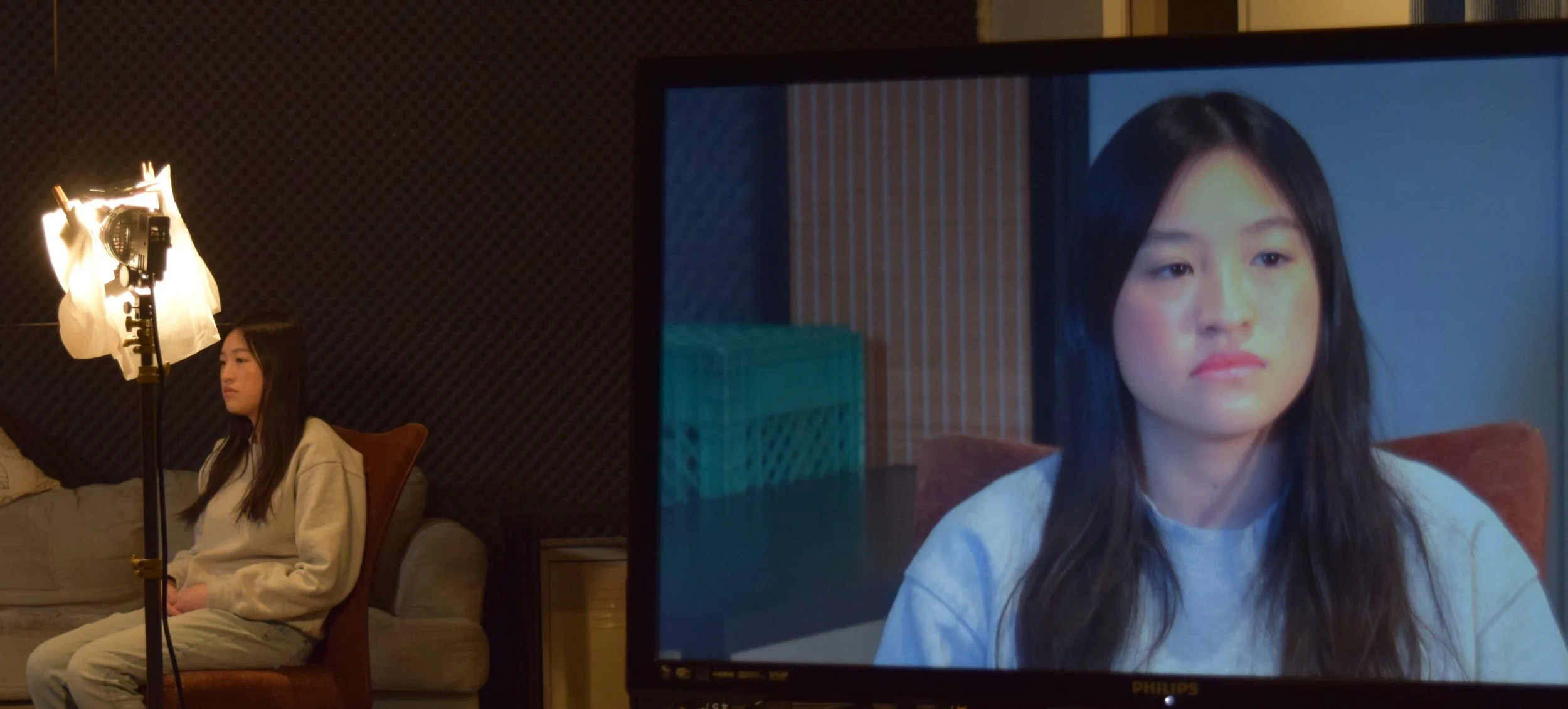Acting for camera.
/This is the proper title.
At the end of the day when we make movies you are acting for the camera. The acting classes geared for film and TV must have this title.
Yes, read-throughs, first blocking for camera, camera rehearsal, masters, two-shots all include other actors and lots of the set.
But, once the camera is just on you then it’s acting for camera. Television is often called talking heads and that’s done in close-up. Ultimate acting for camera.
The money shot.
It’s not like a play where the audience sees your whole body, all the other actors, the full set all the time. Feature films combine size – a key element of the form - with tight shots.
Your performance is influenced by how you’re photographed and lit. As the shot gets tighter you are being directed more to fit the picture.
How they shoot you influences what your final performance looks like.
What is filmed – by the camera – is then pieced together by the editor and director. If it isn’t shot it won’t be in the film.
You need to do your practice in front of a camera. Learn and master what is specific to acting for camera.









